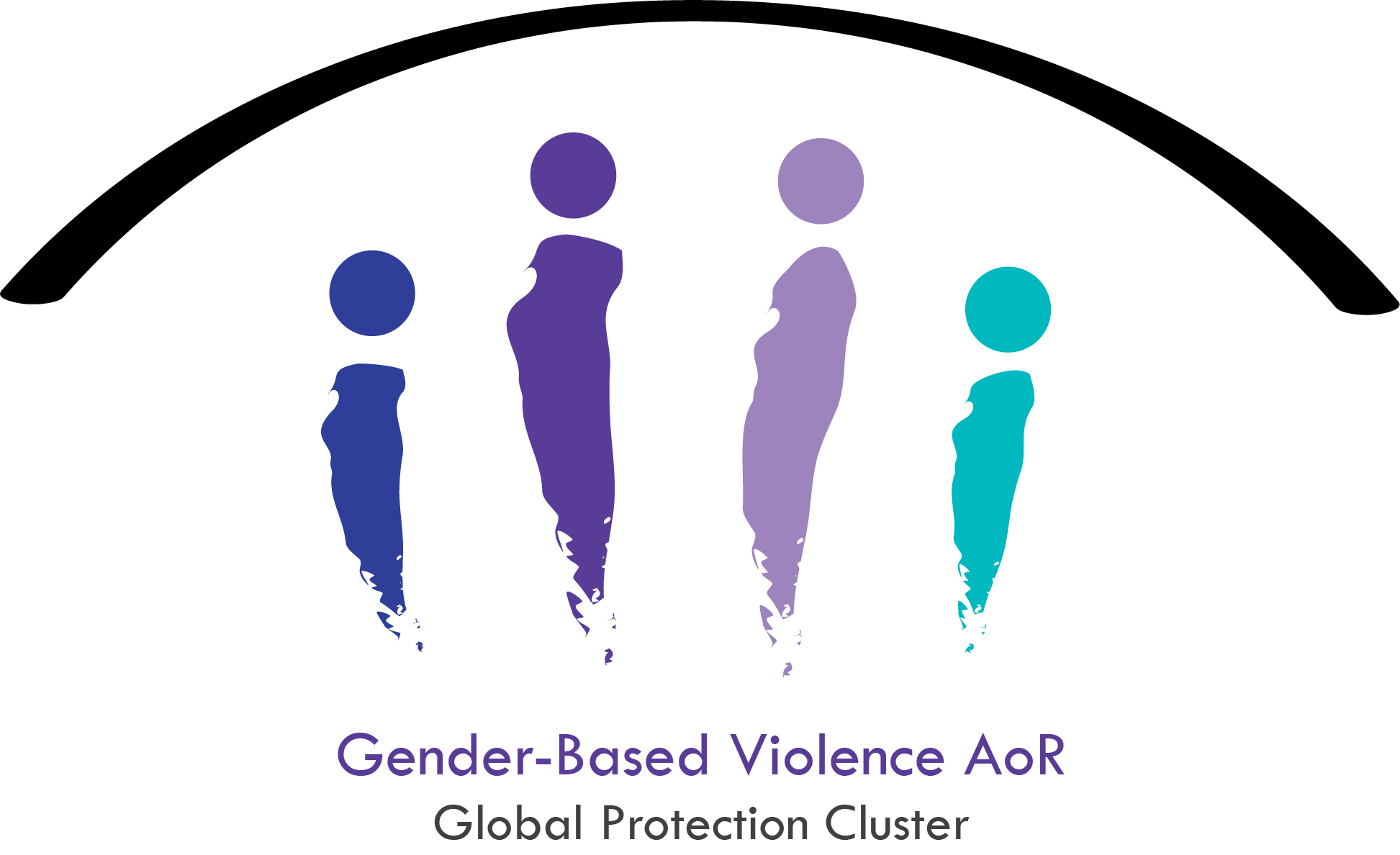Search Results for “”
COMPRENDRE ET APPLIQUER les Normes Minimales Interorganisations pour la Programmation D’actions de Lutte Contre la Violence Basée sur le Genre dans les Situations D’urgence
02 Feb, 2022
Le Guide de l’animateur : Comprendre et appliquer les Normes minimales interorganisations pour la programmation d’actions de lutte contre la violence basée sur le genre dans les situations d’urgence a été élaboré sous la direction d’une équipe spéciale relevant du Domaine de responsabilité Violence basée sur le genre (GBV AoR, ci-après le « Domaine de responsabilité VBG ») co-présidée par Emily Krasnor (Fonds des Nations Unies pour la population – UNFPA), Sarah Cornish-Spencer (Comité international de secours – IRC) ainsi que Catherine Poulton (Fonds des Nations Unies pour l’enfance – UNICEF), sous la supervision d’Emily Krasnor. La coordination et le soutien technique ont été assurés par Elizabeth Morrissey et Constanze Quosh (Haut-Commissariat des Nations Unies pour les réfugiés – HCR), et le travail de rédaction réalisé par Inbal Sansani, avec le soutien de Divya Chandran. Facilitator's guide, minimum standards
Examining Women & Girls' Safe Spaces (WGSS) in Humanitarian Contexts: Research Findings from Northwest Syria and South Sudan
13 Aug, 2021
EXAMINING WOMEN AND GIRLS’ SAFE SPACES (WGSS) IN HUMANITARIAN CONTEXTS: Research Findings from Northwest Syria and South Sudan Research Report
Ethical & Safety Recommendations for Researching, Documenting and Monitoring Sexual Violence in Emergencies Guidance
01 Oct, 2019
It is generally accepted that the prevalence of sexual violence is underreported almost everywhere in the world. This is an inevitable result of survivors’ well-founded anxiety about the potentially harmful social, physical, psychological and/or legal consequences of disclosing their experience of sexual violence. In emergency situations, which are characterized by instability, insecurity, fear, dependence and loss of autonomy, as well as a breakdown of law and order, and widespread disruption of community and family support systems, victims of sexual violence may be even less likely to disclose incidents.
